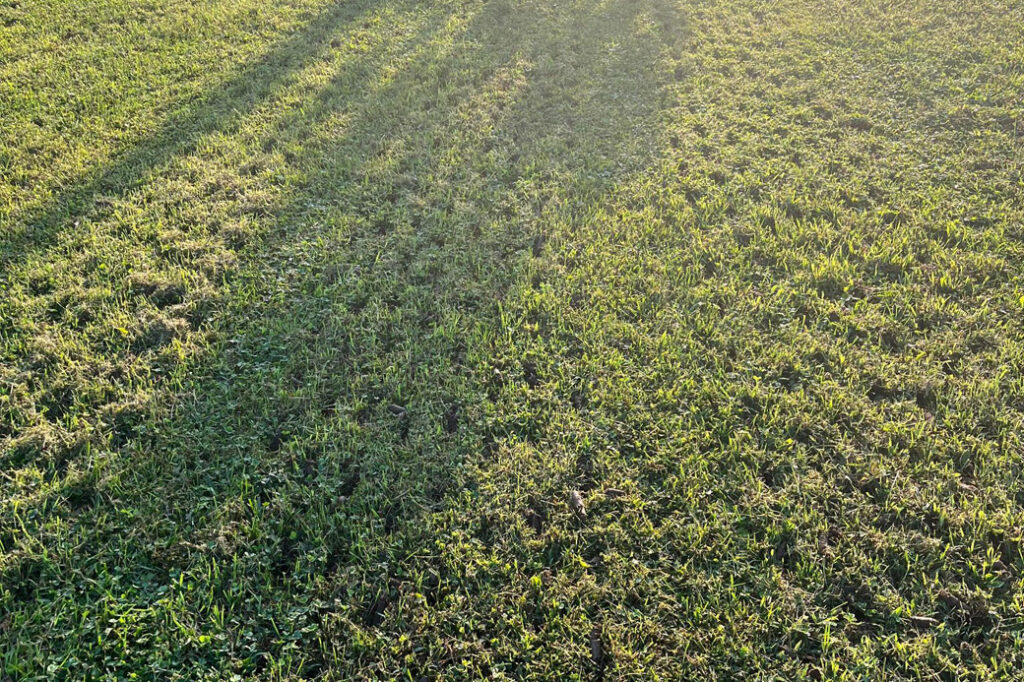Home » Aeration & Overseeding

Aeration, dethatching, and overseeding are crucial steps to keeping your lawn healthy and beautiful. In this article, we will explore the importance of aeration and why it should be an essential part of your lawn care routine.
Aeration involves the removal of small soil plugs or cores from the lawn. This process allows air, water, and nutrients to penetrate deeper into the soil and reach the roots of the grass. This can have many benefits for your lawn, including:
1. Improved Soil Health: Aeration helps break up compacted soil, allowing it to breathe and retain moisture more effectively. This improves the overall health of your soil, leading to healthier grass.
2. Enhanced Nutrient Absorption: By creating more space in the soil, nutrients can easily penetrate the roots of your grass, leading to improved growth and a more vibrant green color.
3. Reduced Soil Erosion: By improving the health and strength of your grass roots, you will help keep soil in place, reducing the risk of soil erosion.
4. Better Drainage: By reducing soil compaction, aeration can help water penetrate the soil more easily. This can help prevent water runoff and increase the water retention in the soil.
5. Thicker and Healthier Lawn: Finally, by improving the overall health of your lawn, you will notice thicker and healthier grass that is more resilient to disease and pests.
In addition to aeration, dethatching and overseeding are important steps to maintaining a healthy lawn. Dethatching involves removing the layer of dead grass and organic material that accumulates on the top of the soil, allowing for better water and nutrient absorption. Overseeding involves spreading grass seed over an existing lawn to promote new growth and improve the overall health of your lawn.